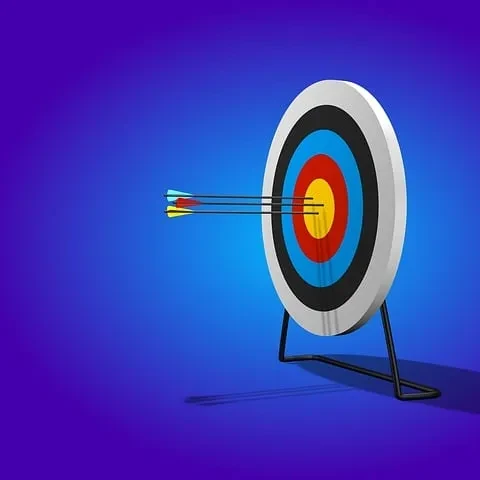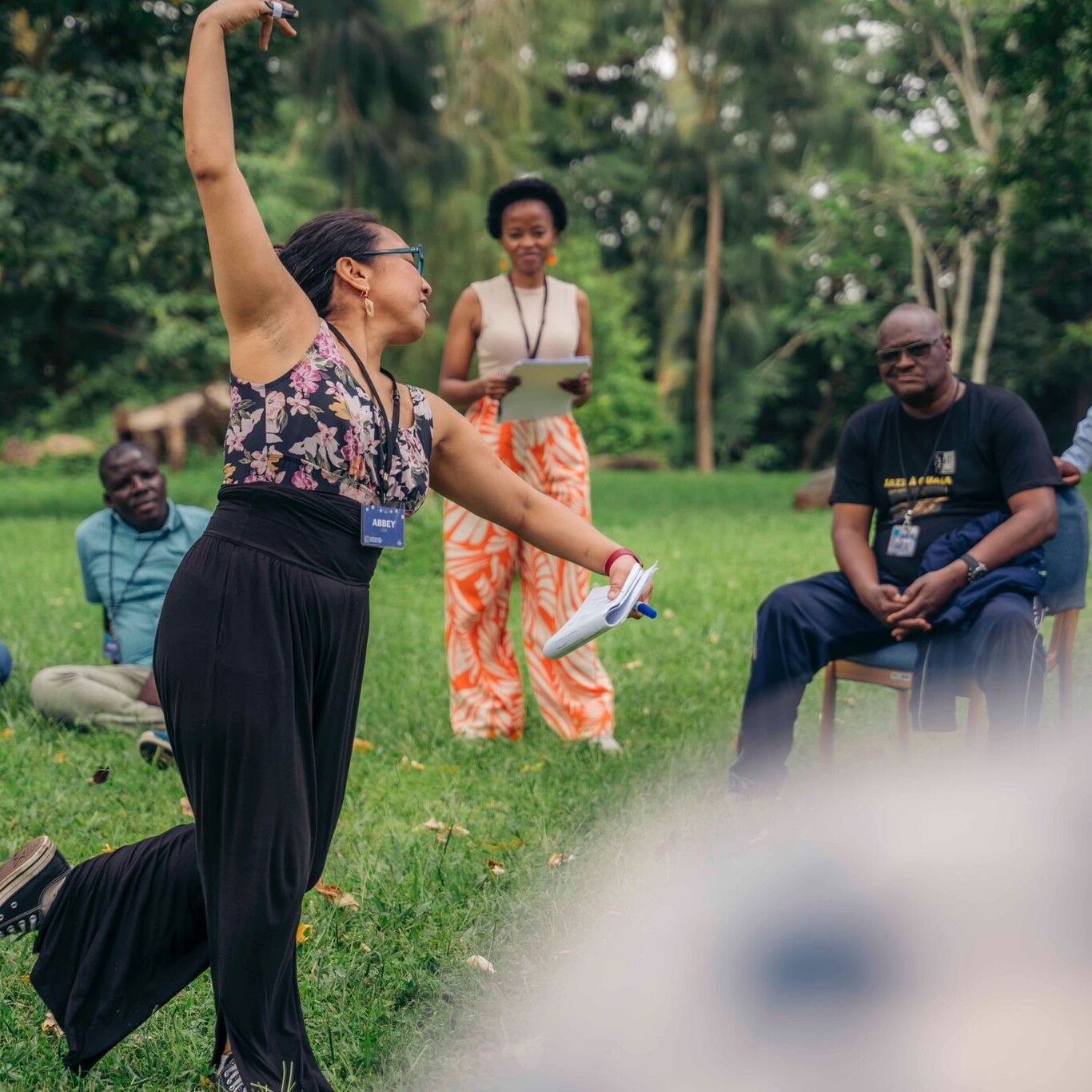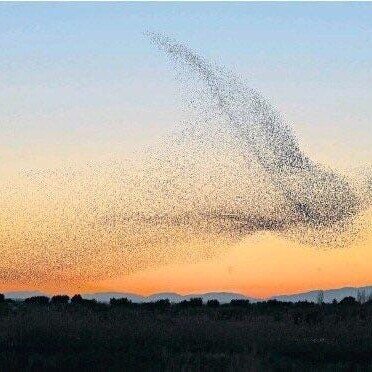I became a rabble-rousing, injustice-fighting, demonstrating, boycotting, marching, chanting, banner-carrying, strategizing, counter-culture activist early
– by age 13 I’d faced my first line-up of National Guardsmen un-accompanied by any adults who knew me.
By my mid-20’s, though, I was utterly disenchanted. The issues were still real & unacceptable, but activism had proven ineffective. Nothing ever really changed.
The direct-attack approach just burned through energy and resources, without getting anywhere near the roots of the problems. We were all too far outside the systems that needed to change – those systems were too well-protected.
Activists were hysterical misfits attaching themselves aimlessly to random causes, more for the adrenaline & thrill of disruption than out of commitment to anything in particular. I tired of the endless power-struggles, and people projecting their own unacknowledged emotional problems onto larger social issues (which, you know, maybe I was still doing a little of that myself. . .).
Plus, by then I was a single mom & needed to support my kid. I settled down, quit tilting at windmills and became pragmatic. Well, I tried to anyway.
Ultimately, I discovered that activists were no more dysfunctional than other groups – they just had fewer carrots & sticks to keep things focused was all.
My need to make things better shrank down to the confines of my employer organizations & specific work-related initiatives, but even so, change was hard work. And regardless of context, carrots & sticks seemed crappy substitutes for passion, intrinsic motivation and vision.
Some questions can’t be avoided
So the question still was – how can groups of people work together more effectively to solve problems – without coercion? And without the financial reward that imposes it’s own priorities, and inherently skews solutions toward the market, whether market solutions are appropriate or not? Or maybe more to the point – how do you access the passion & motivation & vision inherent in all would-be change-agents in a way that helps them fulfill their own personal missions while still moving toward larger collective goals?
I contemplated those questions so long that I decided to get a Master’s Degree in Organizational Leadership – and discovered Wheatley, Senge, Bohm, Scharmer, Kahane, Meadows, Semler, Argyris and so on & so on & so on.
I found a whole new world of systems thinking, collective wisdom, dialog, self-organizing systems, complexity – it all was exactly what I’d been missing all those years. I was in intellectual heaven, completely engrossed. I felt like I’d found the key to the Universe.
At first I tried to apply what I was learning in my work-place – not so successfully. Eventually I realized that profit-oriented hierarchies aren’t the best fit for the approaches I was interested in. I wasn’t positioned to change the secretive, hoarding, clinging, fearful, linear, bottom-line, controlling minds at the top – and eventually realized it was stupid to even want to – just more tilting at windmills.
I moved on to experimenting in the real world – in loose groups gathering around causes & ideas, collectives trying out new ways of working together, etc.. This was a better fit, a more conducive context. But still, collectivity & change were hard.
There were all these lovely new methodologies – Appreciative Inquiry, World Café, Open Space Technology, Dialog, Theory U, Human Systems Dynamics, Scenario Planning, Theory of Constraints, Design Thinking, etc., etc. – most of which, though wonderful, seemed best suited to more bounded & narrowly defined situations. Or are applicable to smaller groups, or larger groups. Or less diverse groups, or ones with smaller gaps in privilege & equity, Or they require a ton of time, money, expertise and planning. Or they’re so conceptual & abstract that people mired in real-world, right-now issues just can’t focus on them long enough to give them a chance. Or else . . .
I’d found a key, but for which door?
I wasn’t looking for the keys to corporate change – I was stalking change & emergence in self-selecting groups attempting to make huge differences. I was back to my activist roots, wanting to solve the big, big problems, like poverty & ecological sustainability, white supremacy & urban livability & climate change. Big overlapping, complex problems that require collaboration & passion across all kinds of differences. Problems that demand more than one vision, myriad visionaries, multiple strategies & that won’t oblige central command & control.
And the thing is – the answers are still emerging. There’s a ton of good work going on, but everyone is still learning. There’s no one size fits all. We’re not ‘there’ yet (if ‘there’ even exists anymore, or ever did).
Anyway – all of that above is my long-winded way of telling you my bona-fides, my credentials – why I feel qualified to say what I’m going to say next. Which is:
Network Weaving is darn close.
So, if Self-organizing is the key, then Network Weaving is the lock and the door & the turning bolt & the handle & the hand & the doorframe & the. . . you get the point. I don’t mean it’s the only key, or the be-all or end-all. But it’s scalable, flexible & fits a lot of contexts.
I wouldn’t have suspected that.
I didn’t start out all that psyched about Network Weaving.
It just seemed like another relevant but small piece of the puzzle – of course you need networks, but there’s a lot more to it than that. . . (I think I was still enamored of complexity – I wanted it to be more sublime).
But no – I got to Network Weaving through my background in data analysis, gathering & visualization – I mapped some networks. For money. It was just another opportunity to fiddle on my computer, mess with spreadsheets & make something pretty (a tech-y version of pretty that is) – which is one part of what I’ve done for a living for awhile now.
But it did amplify, in my own mind, the one thing that became crystal clear in all my earlier experiments – just inviting a lot of folks & getting them to the table isn’t enough. Even with all those beautiful methodologies.
If the quality of the connections isn’t high enough to get meaning & value flowing – you just have a lot of happy-talk. And disenchantment. And no change. In spite of shared vision & simple rules & all those other important components.
It all still comes down to the foundation – the interdependence that bonds us together.
If the human bonds at the core of the system aren’t strong & trusting, not much new will happen. And Network Weaving is all about creating, not just connections – but connections that can carry weight. It’s about meaningful connections, resource-sharing connections, mutual-aid & mutual-growth & mutual-survival connections.
So Network Weaving as the way into Self-Organizing just kind of grew on me.
And network mapping as the way into Network Weaving started to seem inevitable – work I had to do.
And I don’t mean just Social Network Analysis (SNA). No, SNA was just another game for data-dweebs. Used in organizational decision-making & marketing & fundraising & influence peddling – also good for researching disease transmission and terrorist cells and other scientific purposes.
No – I quickly became interested in a specific application of Social Network Analysis, and only as a small piece of what I imagined was possible through interactive network mapping.
What became meaningful & exciting to me was the potential for self-organizing & transparency & real resource exchange (just like in a living system) that an interactive, online network map could facilitate. Interactivity promised to enhance the conditions necessary for self-organizing. And while I was trying to figure out cheap ways of making the tools I had at hand more interactive, Kumu.io made a huge leap in that very direction & provided the perfect platform for what I was dreaming up. Which clinched the deal, that was my entry point. A method I could finally get behind & settle into. It was time to absorb everything I could about the Network Weaving methodology.
And, as I did, I started to see that Network Weaving contains the skills, the process & the methods to help self-organizing come into being (without bogging down in theory).
Network Mapping is just one part of the whole picture – the part my husband Tim & I are especially qualified to help with. But I have learned enough about self-organizing & systems & complexity & human trust and passion and intransigence, to recognize that Network Weaving, combined with a good interactive network map designed around your particular network’s specific needs, has the potential to break through all that ineffectiveness that frustrated me about back-in-the-day activism.
It’s not the only or the final answer, but I don’t think you can go wrong to include network weaving & a network map in your collective change efforts. And the purpose of this blog is to help with that.
What’s your experience with Network Weaving? And how could I help enable your network weaving & mapping practice? Please comment below.
originally published at Greater Than The Sum on June 24, 2015



